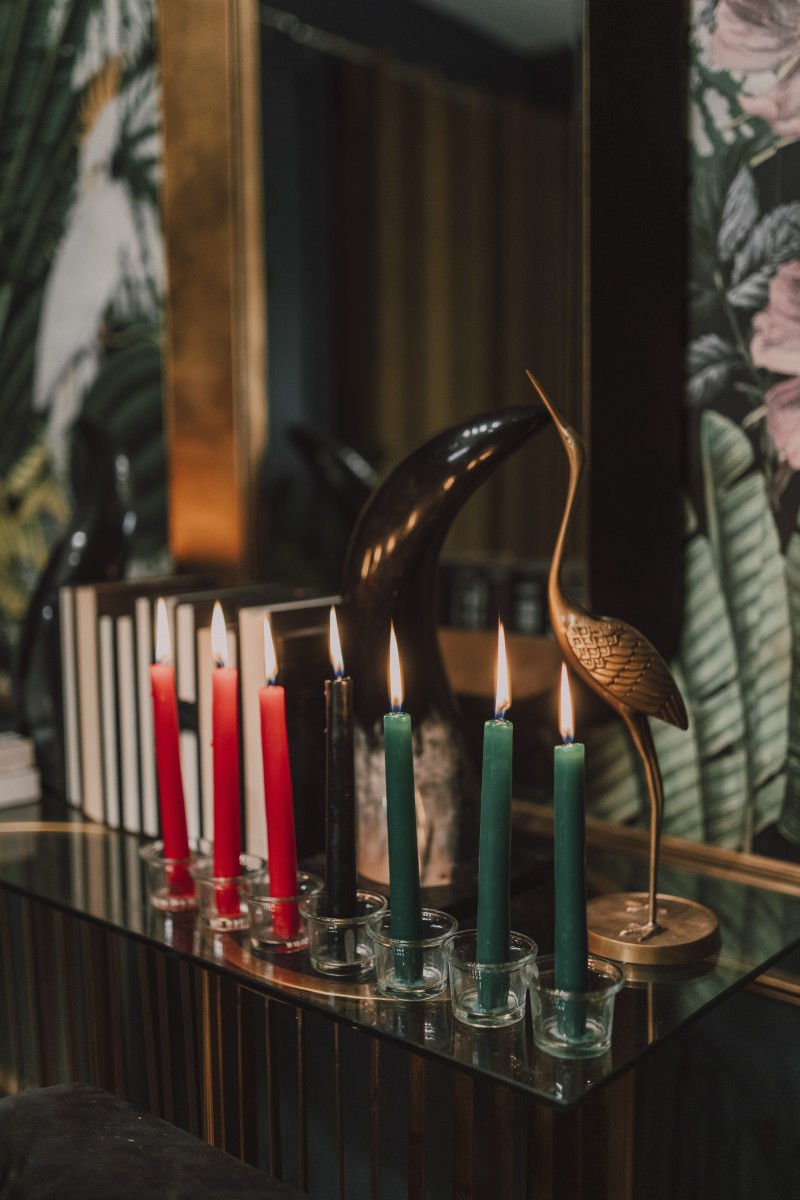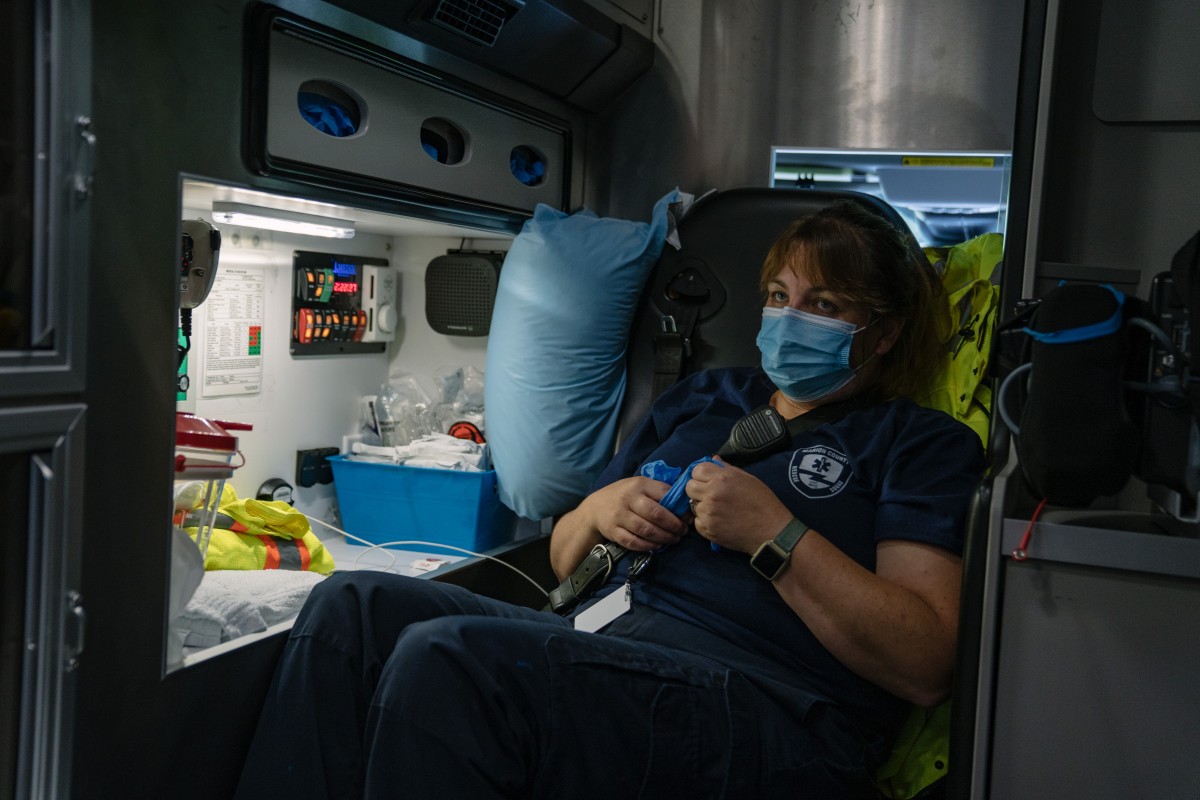From COVID-19 outbreaks to the youth leaders of local Black Lives Matter movements, here are some of our publishing partners’ favorite stories that you may have missed this year.
Belt Magazine
Ohio Has Always Had Confederate Apologists
This story on the history of confederate sympathizers in Ohio was one of our most-read over the summer. Slavery linked northern and southern economies, cultures and geographies in meaningful ways, so when an amendment banning confederate memorabilia came before the Ohio house in the summer of 2020, its fate was far from a given.
This story explains how and why the amendment failed. In an era when the legacies of racism and classism continue to shape life in the region – and when contemporary policies compound their effects – it’s a reminder that racism has never been a southern problem alone.
–Ryan Schnurr, editor
Daily Yonder
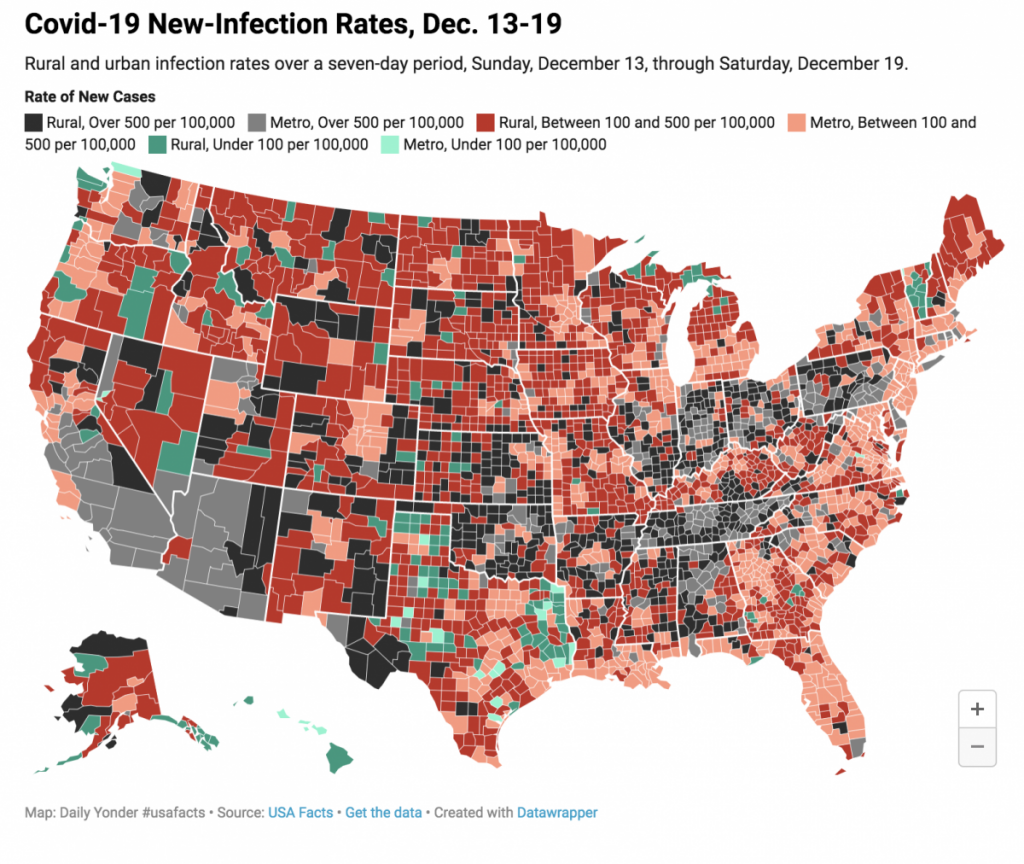
COVID-19 Dashboard for Rural America
Although COVID-19 has ravaged urban areas, rural residents are currently dying from the virus at twice the rate of urban residents. New infections are 20 percent higher in rural communities than urban ones.
To help readers understand the unique ways the coronavirus is affecting rural communities, the Daily Yonder created a COVID-19 dashboard. With a variety of maps, graphs, tables and traditionally reported stories, the dashboard provides a way to get a quick update on current trends and dig more deeply into pandemic-related topics.
-Tim Marema, Editor
Inside Appalachia, West Virginia Public Broadcasting
‘I Hope You’re Never Afraid When I’m Around’: Dads Share Their Stories
This year, for father’s day, Inside Appalachia asked dads to share their personal stories about fatherhood. Men shared the first moments of their child’s lives, the stress and anxiety over becoming new dads, and discussed how the pandemic has impacted their experience of fatherhood. Guest host Zack Harold also wrote a moving essay about his experience adopting his daughter.
In a year where the challenges of parenthood have been taken to a whole new level, I think the joy and love that these men shared in this episode is balm for my soul. It gives me hope that our future is bright, if we can allow more time for all parents, including fathers, to spend with their newborns.
-Roxy Todd, producer
Mountain State Spotlight
Inside one of West Virginia’s deadliest COVID-19 outbreaks
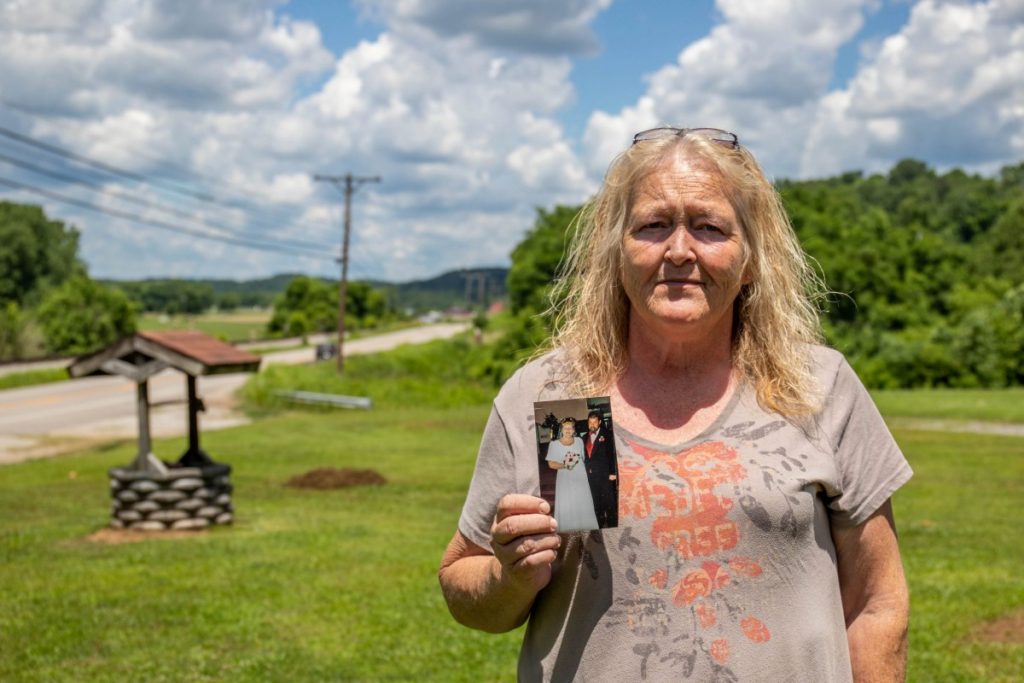
In a year that seemed to bring bad news followed by devastating news, I’m hesitant to share one of the sadder stories Mountain State Spotlight published in 2020. But this two-part series looking at COVID-19 outbreaks in West Virginia nursing homes (here’s part one and part two) really stands out, because it helped our readers put faces and voices to the people affected, and highlighted local and systemic issues that failed to keep some residents safe.
-Erica Peterson, managing editor
Ohio Valley ReSource
Meet the Teen Leading This Kentucky Town’s Discussion of Racism in Appalachia
I’ve selected this story from Sydney Boles at Ohio Valley ReSource partner station WMMT in Whitesburg, Kentucky, because of its insights into Black life in rural Appalachia during this extraordinary year of racial reckoning in America. People tend to think of Appalachia as a monolith of whiteness, and Black and other people of color there are too often overlooked. This summer we reported on Black Lives Matter demonstrations in small towns across the region and, in this story produced in partnership with the America Amplified collaboration, Sydney documented the experience of a young woman in eastern Kentucky who forced white leaders to acknowledge and discuss racism in their community.
-Jeff Young, managing editor
PublicSource
The True Cost of Court Debt
This series examined how court fines and fees can uproot the lives of low-income residents, from creating unmanageable debt to causing a driver’s license suspension or, in the most extreme cases, jail time. Even small debts can follow residents for decades, with growing consequences. The series had measurable impact: citing our reporting, Allegheny County applied for a $50,000 national grant program to implement fine and fee reforms. Through the program, the county is organizing workshops to help residents settle their court debt.
–Jeffrey Benzing, assistant editor
Scalawag
North Carolina officials are ignoring a crisis of missing and murdered Indigenous women
“Women don’t just stuff themselves in trash cans.” So why haven’t the police declared Rhonda Jones’ death a murder? Reporter Antoinette Kerr investigated three mysterious deaths in Robeson County, North Carolina, that law enforcement officials have refused to classify as murders, even though all signs point to foul play.
Kerr spent months as a Freedomways fellow, through Scalawag’s sister organization Press On, reporting in collaboration with community members to get this story right. She persisted when law enforcement officials stonewalled her. And she wrote a piece that’s making an impact by elevating the demands Native communities are calling for.
After we published the story, WUNC’s The State of Things featured Kerr and tribal members from Robeson County in a discussion about what state leaders must do to stop violence against Indigenous women. And NC Policy Watch took notice too. Media attention like this plays a critical role in pushing the public dialogue toward creating change.
-Lovey Cooper, managing editor
Yes! Magazine
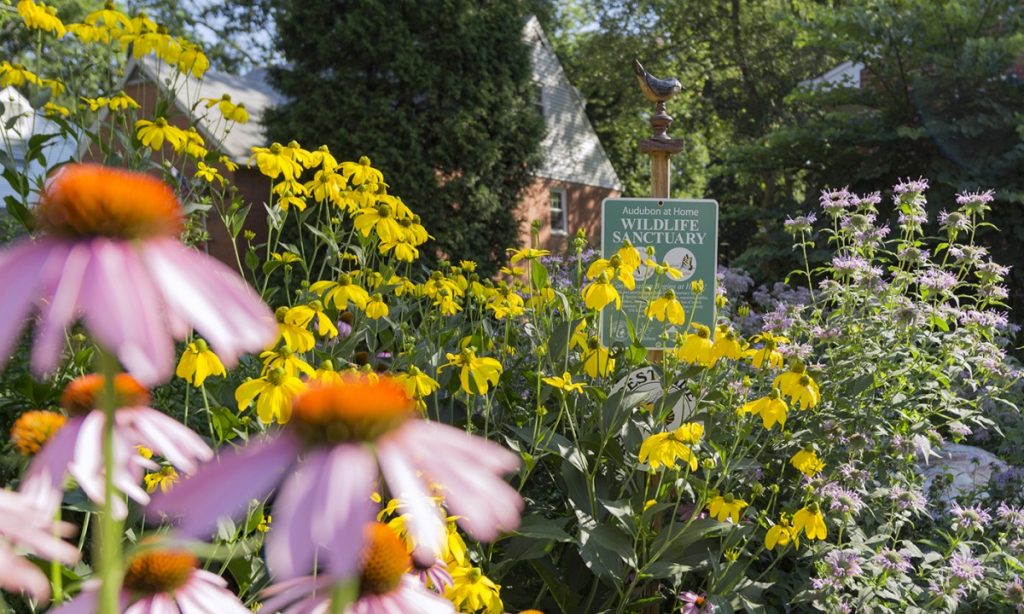
How to Turn Your Yard Into an Ecological Oasis
This year has kept many of us closer to home, giving us a chance to reconsider how we cultivate the spaces around us. The idea of rethinking the classic American lawn presented in this piece by Tyler Wells Lynch really resonated with our audience. We received enthusiastic responses from so many readers, eager to share the ways they, too, have worked to transform their yards in habitat for native pollinators and birds. These conversations were a heartening reminder of the importance of sharing ideas and inspiration for making meaningful change. And these days, seeing a songbird out the window, gathering seeds to get through this winter, can only bolster our resolve and ability to do the same.
-Zenobia Jeffries Warfield, executive editor


